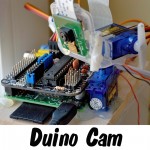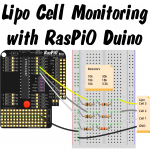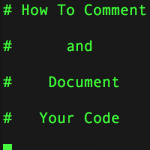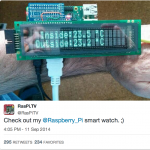
Around about this time three years ago, I bought and installed five EasyN pan-and-tilt ip cameras to keep an eye on various viewpoints of our houses in the UK and Poland. I think they were about £45 each on Amazon. They’re not too hard to set up and they work tolerably well. The main downside is that their resolution is only 640 x 480 pixels, which is not enough to read a car numberplate from across the street. It’s fairly poor resolution, but you can see something. The colours are a bit washed out too […more…]






